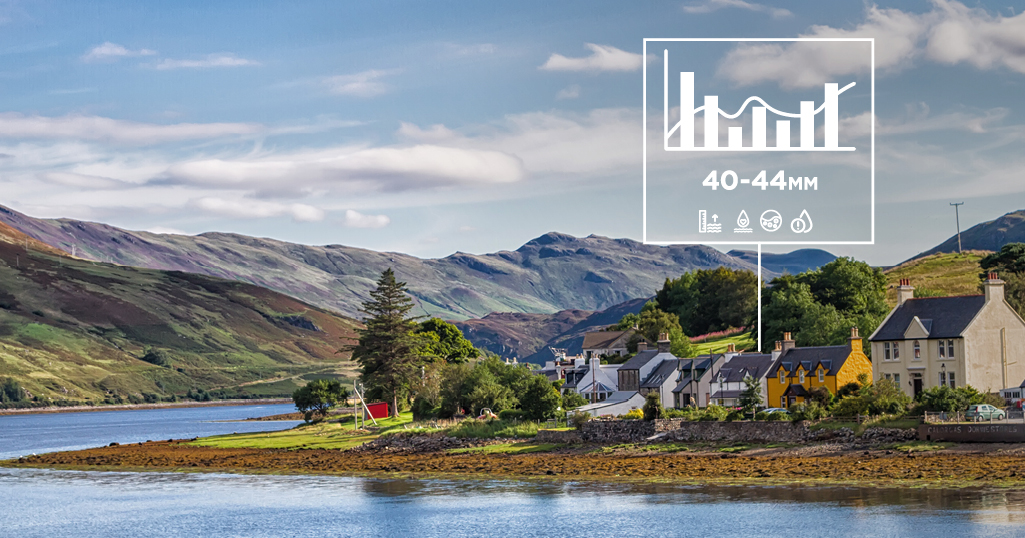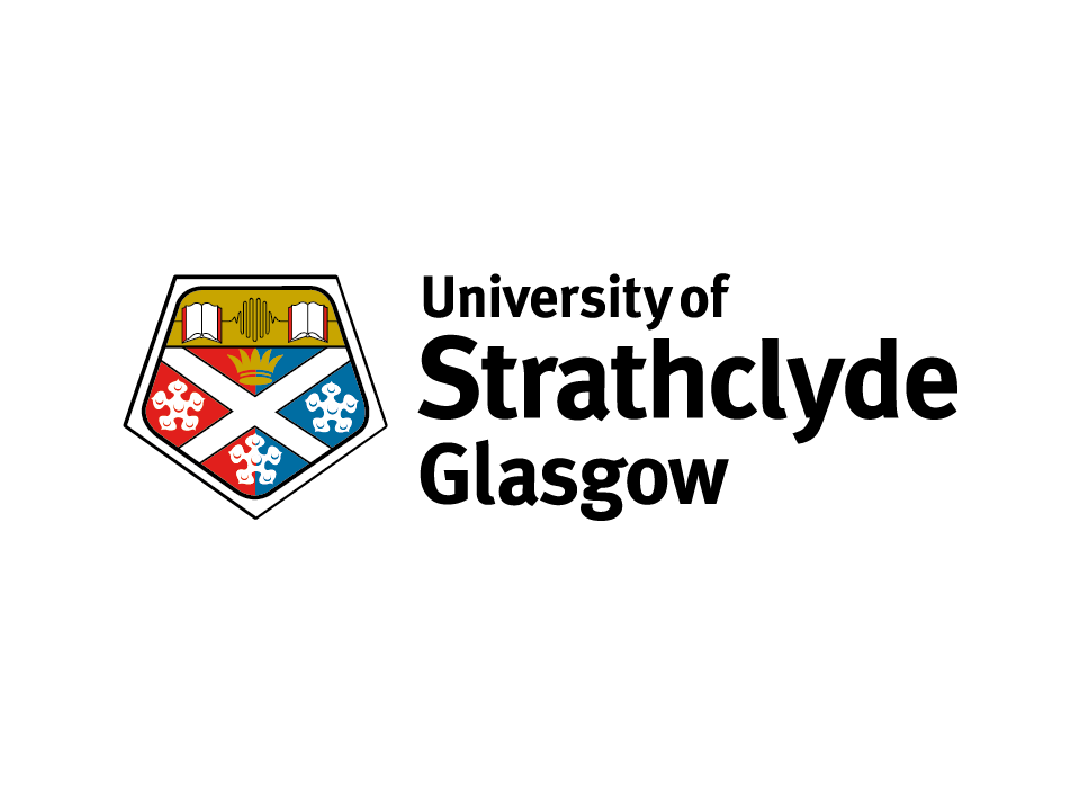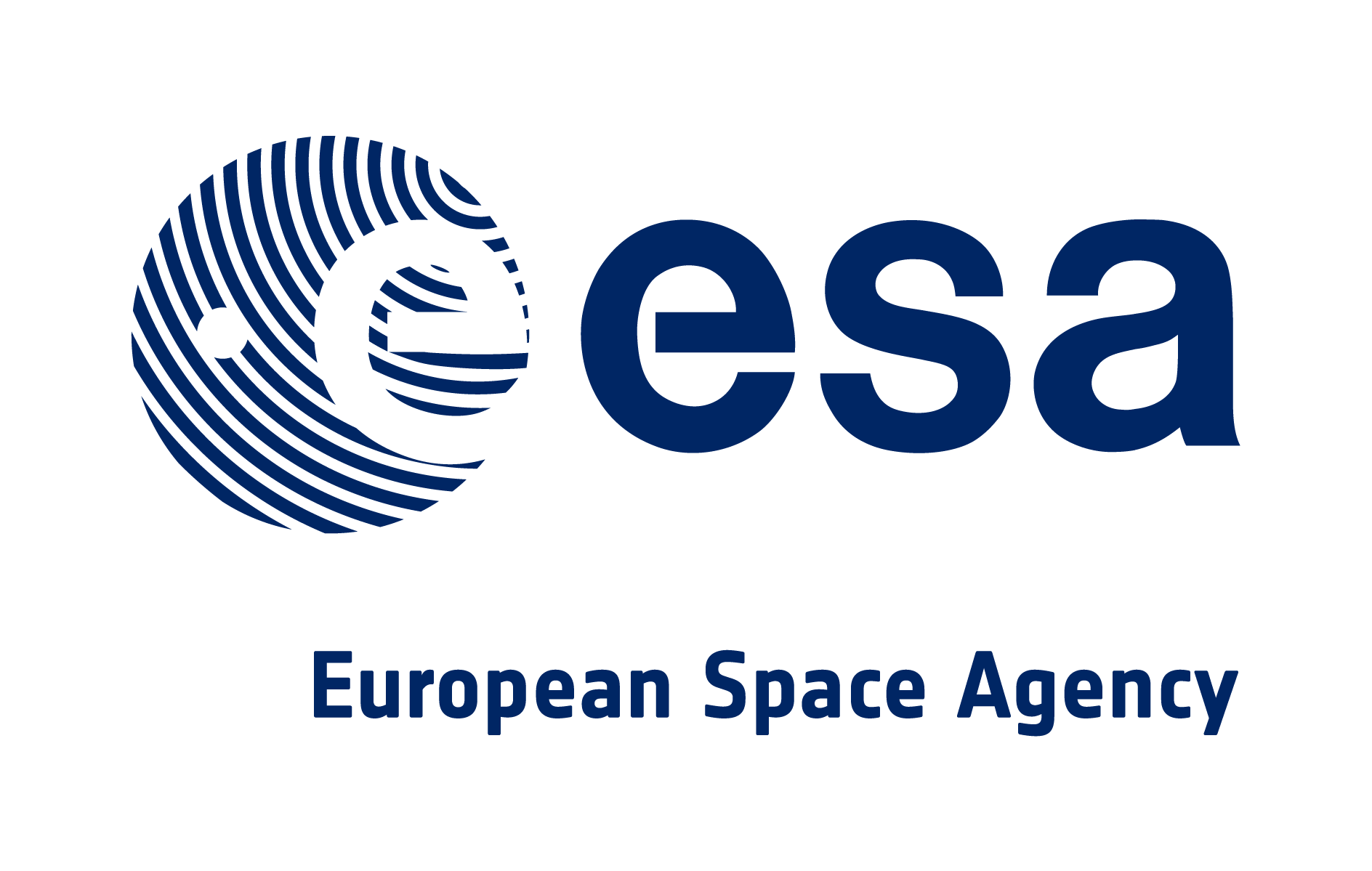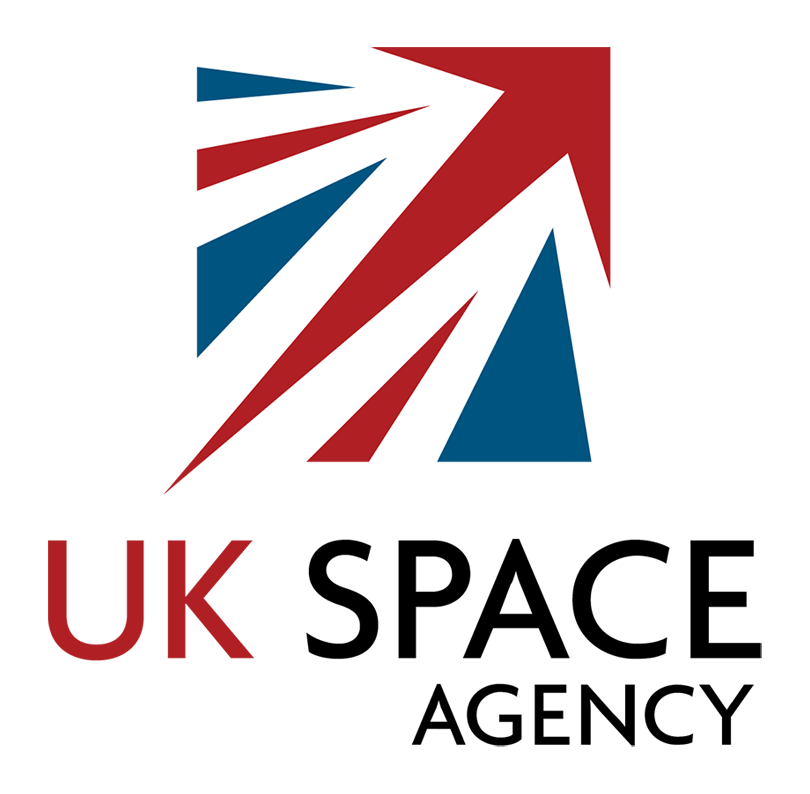A 2019 report from Climate Exchange noted that “Scotland will experience more frequent and more severe droughts in the coming decades”, which will “influence water availability for drinking water, agriculture and ecosystems”, while the Environment Agency Chief has said that lack of water presents an ‘existential’ threat
Fixing leakages is one of the main ways water scarcity can be tackled and has been highlighted by Water UK in its Leakage Routemap to 2050, which says smart metering and advanced data analytics could be some of the most effective interventions if the water industry continues with current plans to improve efficiency.
What’s the solution?
Water companies across the UK are trying to tackle leakages. Scottish Water has vowed to reduce the amount of water it takes from the natural environmental through reduced leakage, while water companies in England and Wales have committed to a 50% leak reduction target by 2050.
Smart water metering allows for remote water usage tracking and, crucially, can pinpoint leakages – the equivalent of enough water to fill 1,245 Olympic swimming pools is lost every day in England and Wales alone, so the opportunity for leak avoidance is clear. Utilised to its full potential, this technology can inform businesses about exactly what their water usage looks like, any leakages present, and help them better understand how to be more efficient.
What are the challenges of implementing smart water metering?
While monitoring technology exists, the communications infrastructure to ensure it is robust, resilient and reliable is not. Without connectivity between devices, monitoring is not possible. If you can’t measure it, you can’t manage it – and you can’t improve it.
Currently, private networks that rely on cellular are vulnerable to extreme weather, downtime, and cannot operate in some areas. In order to have a full overview of the pipe network, complete coverage is required.
Krucial offers maximum resiliency by being able to use multiple different communications protocols.
The challenge of large IoT deployments, such as smart meter rollouts, is that systems rarely rely on a single connectivity technology. While NB-IoT may work in some areas, LoRaWAN works better in others. Being able to integrate into a business platform from multiple different technologies becomes a big effort and requires a team of software engineers to develop.
Inability to receive continuous, accurate data means water companies and users are unable to track water usage, quickly identify leakages and take action to improve.
Krucial CONNECT handles data from multiple connectivity technologies (LoRaWAN, WiFi, Bluetooth and others) and will transmit to cloud using cellular (NB-IOT) if it’s available or satellite in the more remote locations where cellular infrastructure does not exist. The data is stored in the cloud and easily integrated into third party business platforms using REST API, saving cost and time for organisations.
From golf courses to distilleries, construction sites to farms, Krucial’s drop-in connectivity infrastructure connects smart meters anywhere, regardless of location to ensure accurate data is flowing constantly.
Futureproof
LoRaWAN capability and open API means new sensors and technology can be utilised as it comes to market and further alerts can be set up through the solution, from blockages to temperature. Smart water meter infrastructure need not be replaced as technology changes; instead, additions can be made to existing stacks.
End goal
In it’s Water 2050 report, Water UK argues that ‘Without action customers and communities will be faced with longer and more frequent water restrictions, poorer network performance and biodiversity loss.’ One of the proposals that same report makes is for new measures to be implemented that ‘provide open and live data’. Smart water metering is one of the tools required to achieve that.
Protecting communities and businesses from climate change is a global priority – and Krucial can offer the resilient connectivity necessary to enable the technology required.









